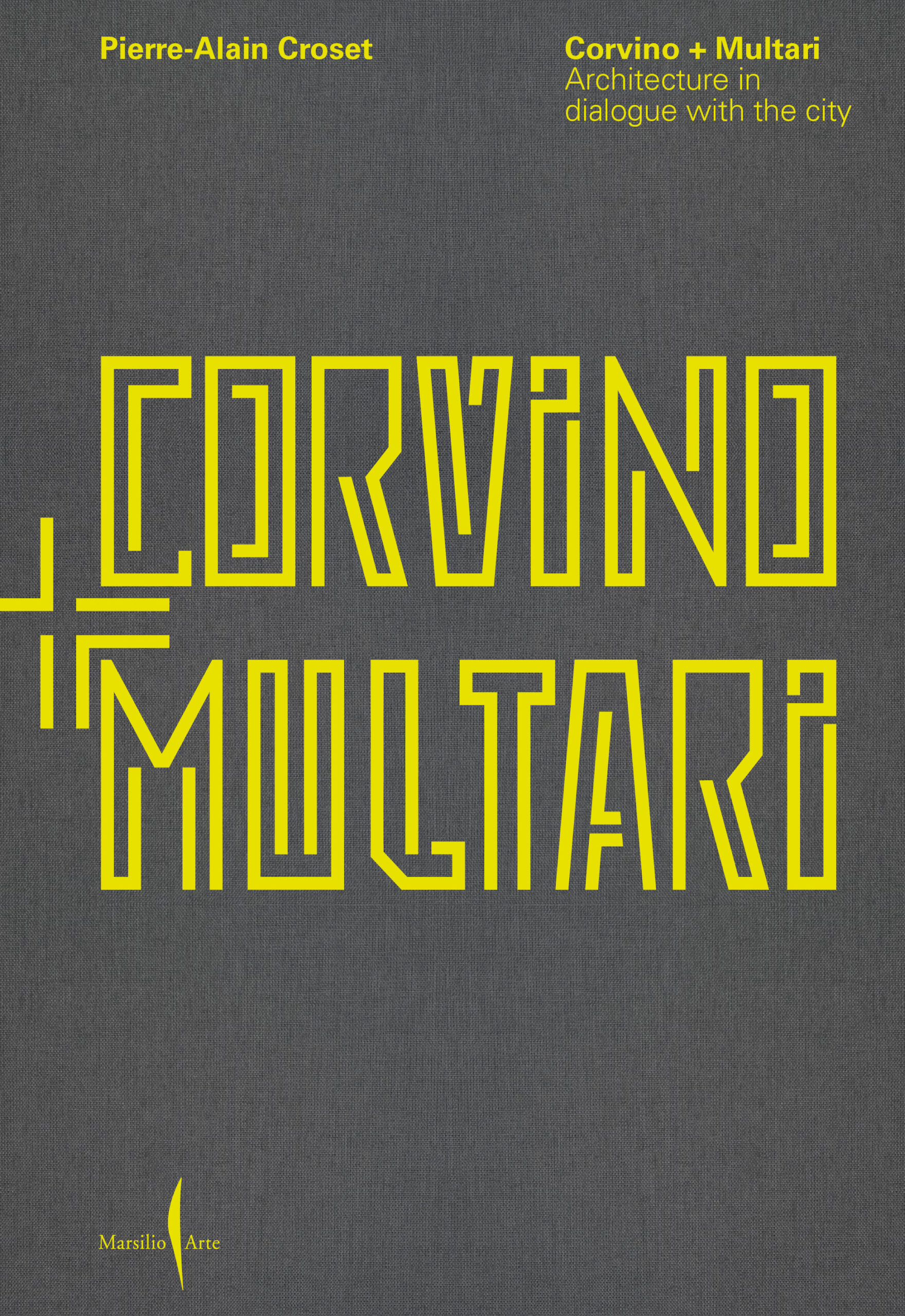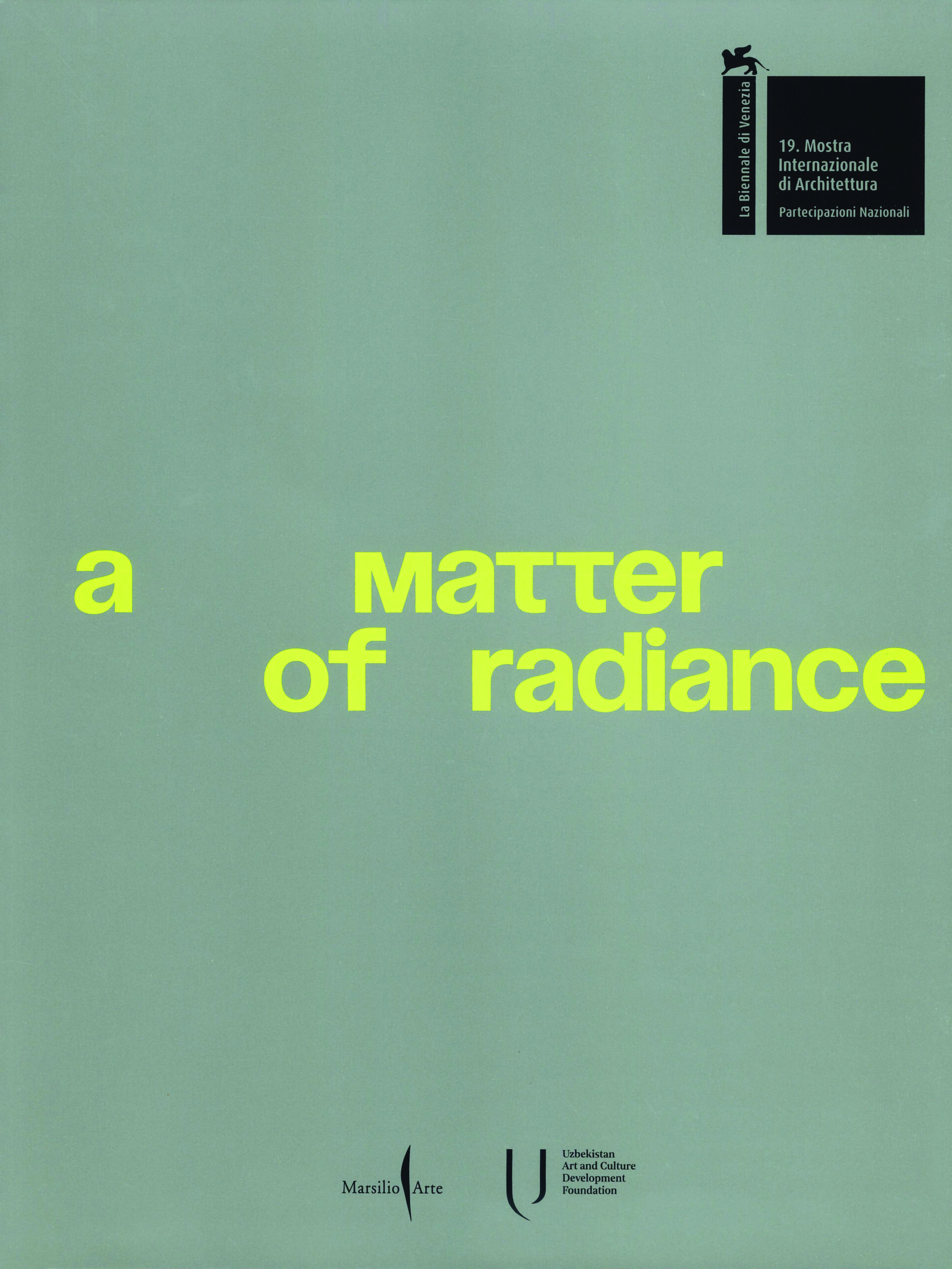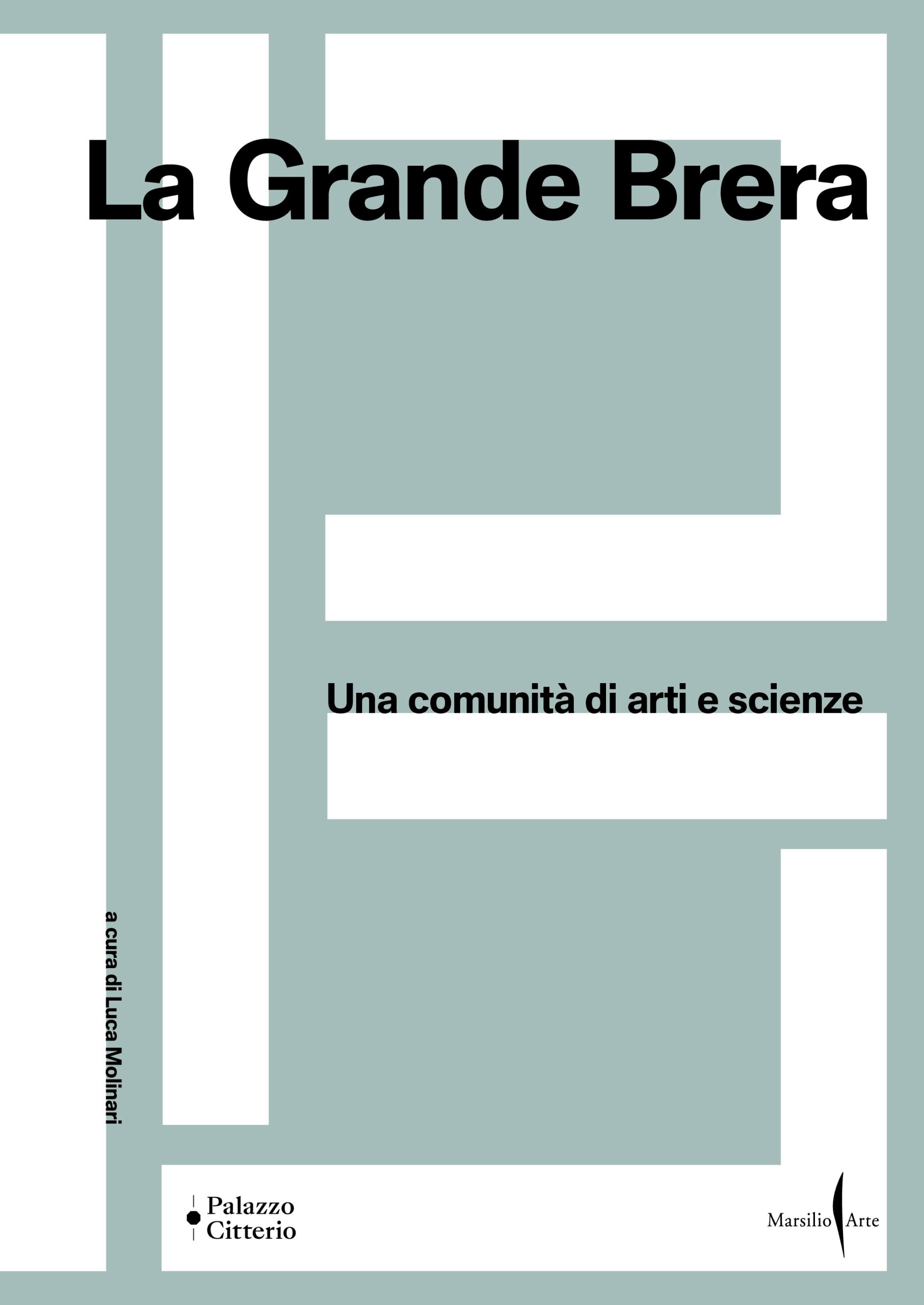«The project must be able to build places even before buildings, spaces in which to allow and facilitate the meeting of people, their need to be together as cities have always taught us» Vincenzo Corvino, Giovanni Multari
The volume edited by Pierre-Alain Croset and published by Marsilio Arte, not only traces thirty years of the work of Vincenzo Corvino (1965) and Giovanni Multari (1963), but also aims to highlight the ethical and methodological values underlying their work.
In dialogue with the volume’s editor, both explain how, in the face of the great challenges of ecological transition and urban redevelopment, the social role and profession of the architect must renew itself profoundly.
The catalog is built on six major thematic chapters-public spaces, monumental restorations, representative buildings, living, urban regeneration, religious architecture-but what makes it unique, as the editor himself writes in his introductory essay Architecture Dialogue, is the narrative structure based on the continuous dialogue between theory and practice, between history and the future, between project and society-in keeping with the very character of the work of the two architects.
The narrative unfolds through recorded conversations with the authors, selected and rewritten by Croset with a critical but participatory slant, and accompanied by fact sheets, photographs, and drawings of more than fifty projects.
The first chapter, Public Spaces and Urban Connections, in addition to being an account of the firm’s origins and early successes, recounts the design of public spaces as a form of city building and citizenship.
The second chapter, Monumental Restorations, deals with the most substantial part of their production, which focuses on the relationship with the existing and therefore on recovery and restoration interventions, such as the restoration of the Pirelli skyscraper or the recovery of the convent in Catanzaro, highlighting the ability to read history as an innovative engine of the project and not as a passive constraint.
In the third chapter, Representation buildings, the focus shifts to housing, public and private, and new forms of living around the collective dimension of domestic space, integration with the urban fabric, and the quality of open space.
The fourth chapter, The “house inside the house”, investigates the strategic value of buildings for education and culture as places to build citizenship.
The fifth chapter, The functions of inhabiting: residences and schools, brings together projects that particularly strongly express the ethical and political dimensions of architecture, from judicial offices to health and social facilities.
Finally, the sixth chapter, Decommissioned locations, is devoted to the most recent projects, many of which are still under construction. Here the firm’s most experimental research directions and the challenges that the coming years impose are manifested: environmental sustainability, flexibility of use, transformation of urban infrastructure, and dialogue with the landscape.
The book is thus intended not only as a comprehensive survey of Corvino and Multari’s work, but as a broader reflection on the meaning of making architecture today, the role of the architect in society, and the value of the project as a critical, civic and cultural tool.
The volume concludes with an extensive apparatus section containing a rich bibliography and a complete list of projects.
35,00 €








